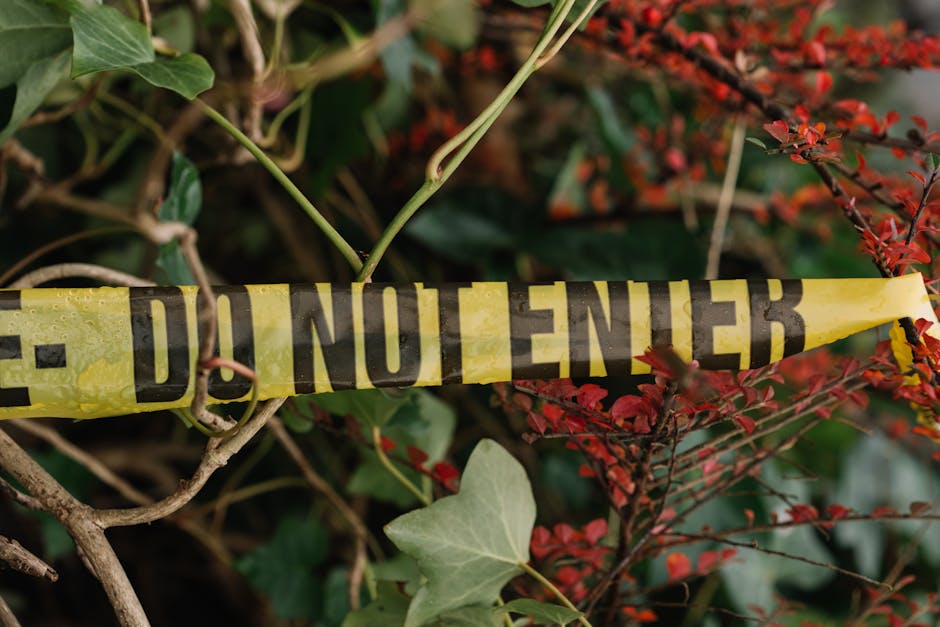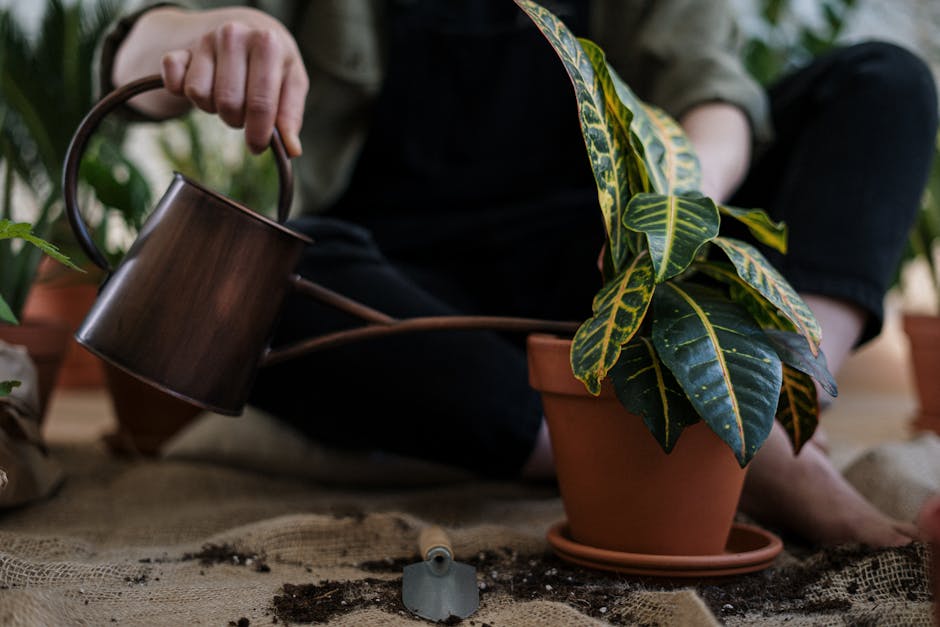Mastering the Sprinkler Method for a Thriving Garden: A Comprehensive Guide
Watering your garden effectively is crucial for healthy plant growth. While various irrigation techniques exist, the sprinkler method remains a popular choice for its simplicity and widespread availability. This comprehensive guide will delve into the intricacies of using sprinklers to nurture your garden, ensuring you achieve optimal results and avoid common pitfalls.
Understanding the Sprinkler Method
The sprinkler method involves using sprinklers to distribute water evenly across your garden. This seemingly simple process requires careful consideration of several factors to maximize its effectiveness. Choosing the right type of sprinkler, understanding your soil type, and monitoring water usage are all critical elements for success.

Types of Sprinklers: Choosing the Right Tool for the Job
Numerous sprinkler types are available, each with its strengths and weaknesses. Selecting the appropriate sprinkler depends on your garden’s size, layout, and specific needs. Here’s a breakdown of common options:

- Impact Sprinklers: These are durable and ideal for larger areas. They produce a forceful spray, making them suitable for open spaces, but they may not be ideal for delicate plants.
- Rotary Sprinklers: These rotate to cover a circular area, offering even water distribution. They are energy-efficient and suitable for various garden sizes.
- Oscillating Sprinklers: These sprinklers move back and forth, covering a rectangular area. They’re a cost-effective choice for smaller gardens with a defined shape.
- Pop-up Sprinklers: Often part of in-ground irrigation systems, these are aesthetically pleasing and stay hidden until activated, making them ideal for manicured lawns.
- Soaker Hoses: While technically not a sprinkler, soaker hoses deliver water slowly and directly to the roots, reducing water waste and preventing diseases. They’re excellent for flowerbeds and vegetable patches.
Planning Your Sprinkler System: Preparation is Key
Before you even turn on the water, careful planning is essential. This involves assessing your garden’s specific needs and determining the best approach for efficient watering.
Assessing Your Garden’s Needs
Consider the following factors before setting up your sprinkler system:

- Garden Size and Shape: This dictates the type and number of sprinklers you’ll need.
- Soil Type: Sandy soil drains quickly, requiring more frequent watering than clay soil, which retains water longer.
- Plant Type: Different plants have varying water requirements. Research the specific needs of your plants.
- Sunlight Exposure: Areas with intense sun will dry out faster and require more frequent watering.
- Slope of the Land: Sloped areas require more careful sprinkler placement to prevent water runoff.
Laying Out Your Sprinkler System: A Step-by-Step Guide
- Map Your Garden: Draw a detailed diagram of your garden, noting the location of plants, pathways, and any obstacles.
- Choose Sprinkler Locations: Based on your garden’s size and shape, select the optimal locations for your sprinklers to ensure even coverage.
- Consider Water Pressure: Ensure your water pressure is sufficient to operate the chosen sprinklers effectively. Low pressure might necessitate the use of higher-pressure sprinklers or a pressure booster.
- Test Your Sprinkler Placement: Run a test to check for even water distribution. Adjust sprinkler positioning as needed to avoid overwatering or underwatering specific areas.
- Regular Maintenance: Regularly inspect your sprinklers for clogs or damage. Clean nozzles to maintain optimal water flow and ensure even coverage.
Optimizing Water Usage: Conservation Techniques
Efficient water usage is crucial, both environmentally and economically. Implementing these techniques can significantly reduce water waste:
- Water Deeply and Less Frequently: Encourage deep root growth by watering deeply but less often. This encourages plants to develop strong root systems that can access water from deeper soil layers.
- Water Early in the Morning: This minimizes evaporation and allows plants to absorb water before the heat of the day.
- Use a Timer: Automatic timers ensure consistent watering, preventing both overwatering and underwatering.
- Mulch Your Garden: A layer of mulch helps retain soil moisture, reducing the frequency of watering.
- Monitor Soil Moisture: Regularly check the soil moisture level to adjust your watering schedule accordingly. A simple finger test can determine if the soil needs watering.
Troubleshooting Common Problems
Even with careful planning, issues can arise. Here are some common problems and their solutions:
- Uneven Watering: Check for clogged sprinkler nozzles and adjust sprinkler placement to ensure even coverage.
- Low Water Pressure: Investigate for leaks in your system or consider installing a pressure booster.
- Runoff: Adjust sprinkler heads to reduce the water pressure and prevent runoff, especially on slopes.
- Overwatering: Adjust the watering schedule and duration. Monitor soil moisture to avoid overwatering.
- Underwatering: Check for leaks, clogged nozzles, and adjust the watering duration.
Beyond the Basics: Advanced Sprinkler Techniques
For more sophisticated garden watering, consider these advanced techniques:
- Drip Irrigation: Supplement sprinklers with drip irrigation for targeted watering of specific plants or areas.
- Smart Irrigation Systems: Consider installing a smart irrigation system that uses sensors to monitor soil moisture and weather conditions, automatically adjusting watering schedules.
- Rain Sensors: These prevent watering when it’s already raining, conserving water and energy.
By understanding the nuances of the sprinkler method and implementing these tips, you can cultivate a thriving garden, ensuring your plants receive the optimal amount of water for robust growth and abundant yields. Remember that consistent monitoring and adjustments are key to achieving the perfect balance for your unique garden.

